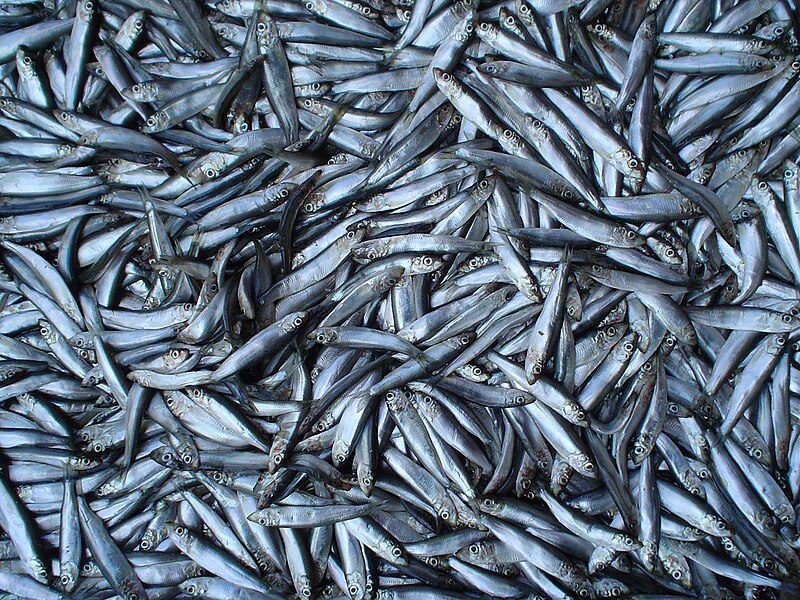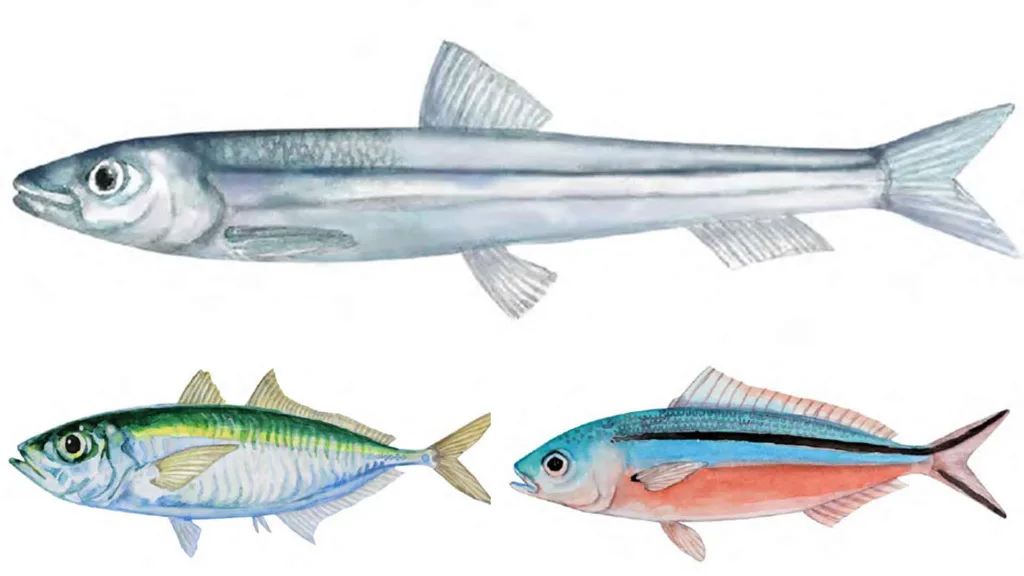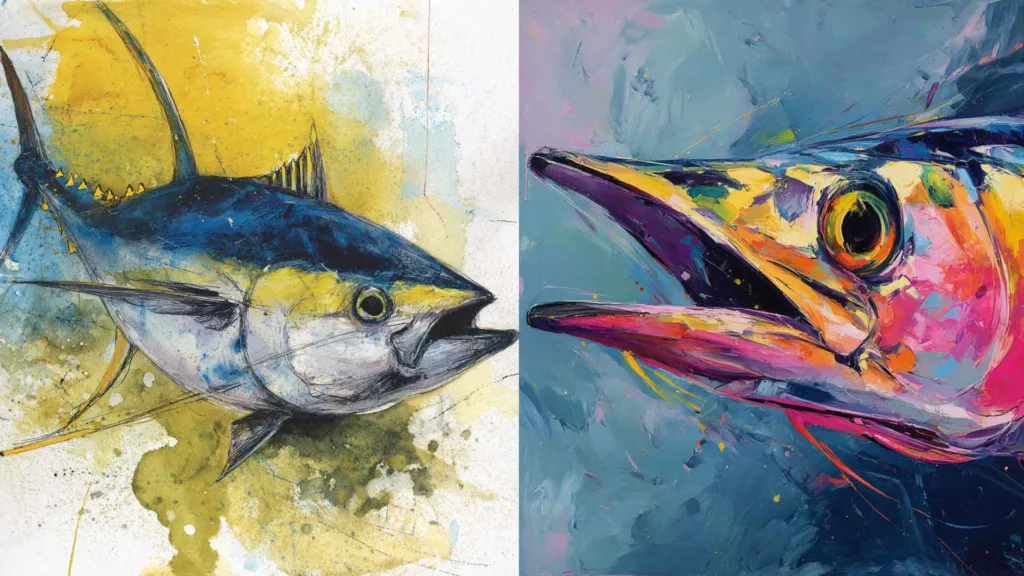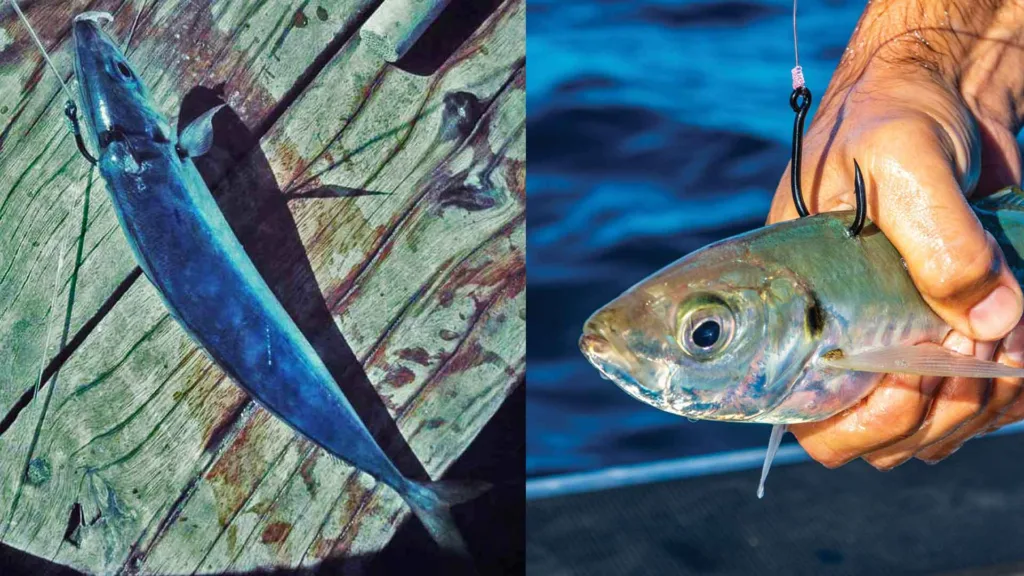
During the early 1990s, my uncle Fikreebe would bring home these little fish, called locally as rehi—the silver sprat. My mom fried it, and we enjoyed it with rice and garudhiya, a salt-water-prepared tuna. The fish is really tasty.
Fikreebe was in charge of throwing bait fish as the fishing vessel approached a school of tuna or yellowfin tuna. We had no idea back then that Rehi was the primary bait. We used to catch trevally using silver sprat.
This fast-moving fish has two silver lines that make it stand out. Initially, our fishermen thought it was a surface bait; nevertheless, this fish also lives beneath the water. When this bait reaches the surface, fishermen catch it by chumming. But you don’t have to chum this bait to catch fish in the depths.
This bait fish is common in the southwest monsoon (hulhango moosun), but it also occurs in the northeast monsoon (iruvai moosun). This bait is really common in shallow reefs. The fish are plentiful in the central and northern Maldives.
This bait fish congregates on the western side of the atolls during the northeast monsoon. Eastern regions are the most common habitats for this fish during the southwest monsoon. Most of the time, these fish live in places with strong currents. Strong currents in reefs, channels, and beyond the island contribute to the abundance of this fish.
Maldivian fishermen divide silver sprat into three categories: small, medium, and large. They classify little silver sprats averaging about 1.5 inches in length. The fish are visible on the surface during the northeast monsoon. They tend to stay in shallower places during the southwest monsoon. When fishermen catch this fish in abundance, they typically get little fish.
A lot of Maldivian fishermen think this is the greatest bait ever.



